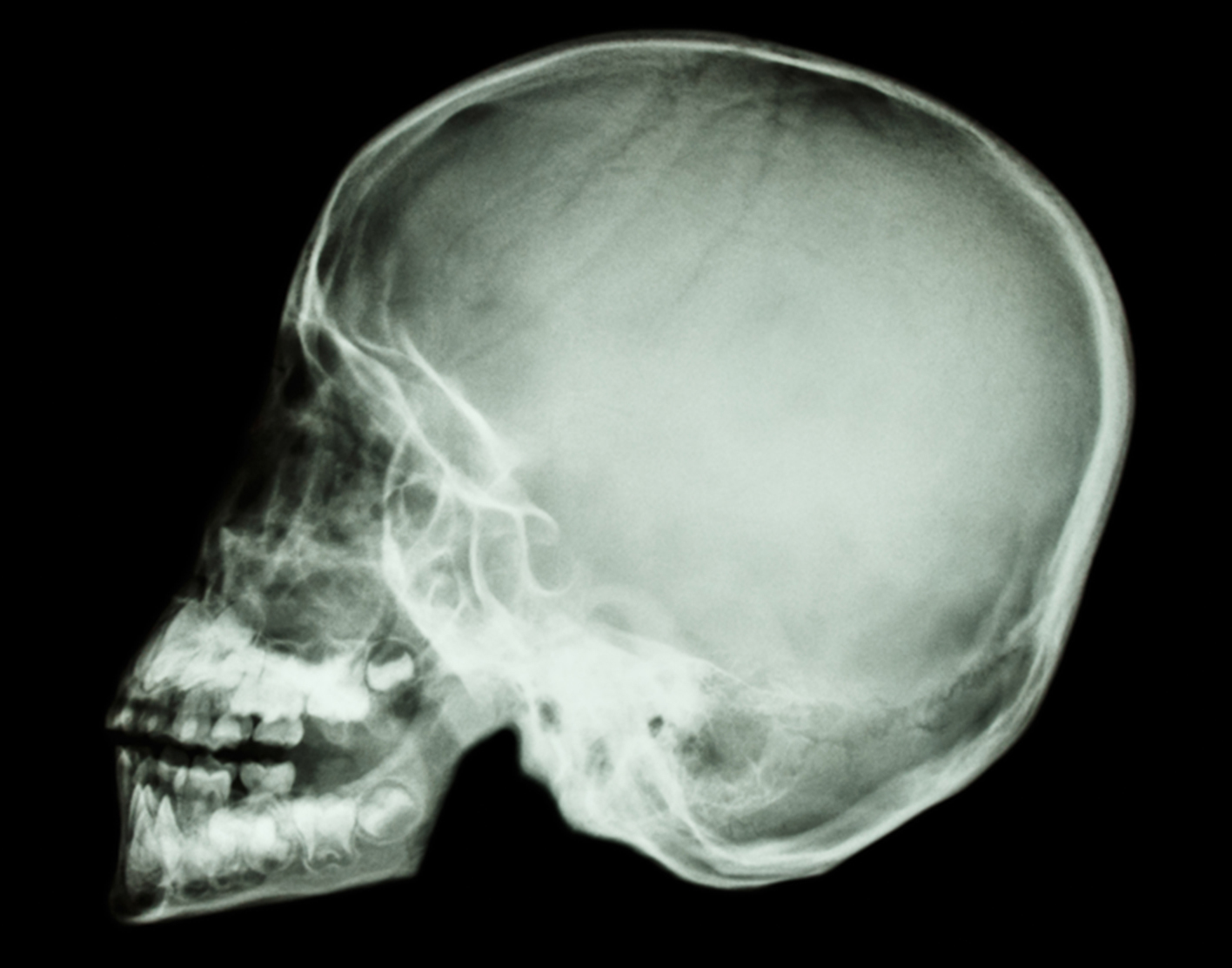In part because of modalities of studying the brain using methods like fMRI where the images are of an individual's head, we focus too much and too exclusively on single brains bound to individuals rather than on brains working in concert.
Greater flexibilities in tools and methods should help do studies of humans working in concert.
Link this to the anecdote:
I recall a radiology test within a medical school setting in which students were asked to diagnose an x-ray of a human patient's skull. Most either guessed small hairline fractures in the skull or that there was nothing wrong with the patient.
Can you diagnose the patient?

Almost all the students failed the question, and worse felt like idiots when the answer was revealed: the patient must be dead because the spinal column and the rest of the body are not attached. Compare:



